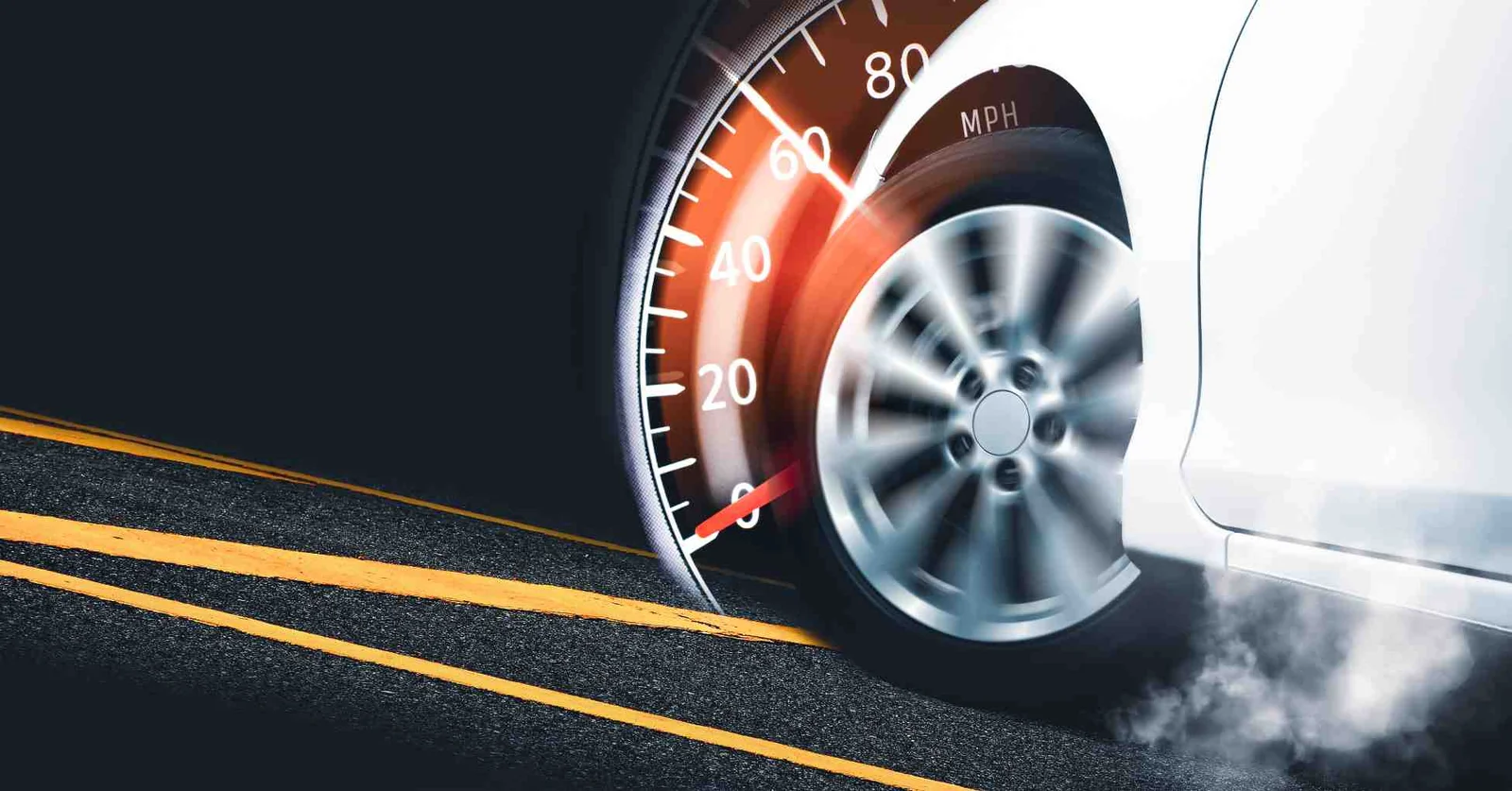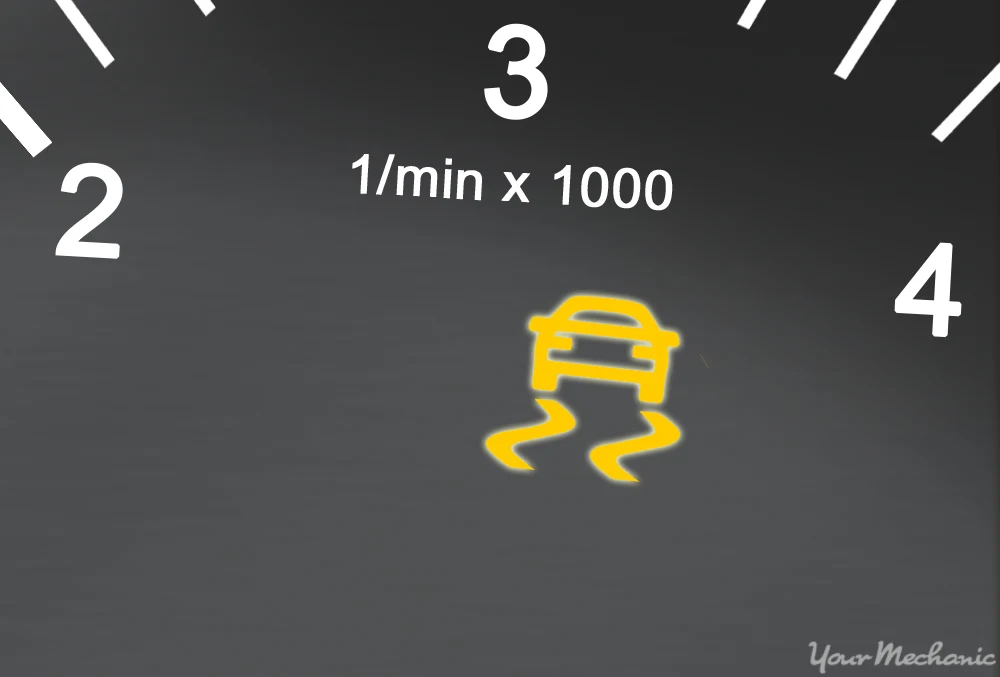Modern vehicles are packed with advanced safety features, and among the most vital are Anti-lock Braking System (ABS) and Electronic Stability Control (ESC). These sophisticated systems work in harmony to give you greater control during critical driving moments, ultimately making roads safer for everyone. Understanding how ABS and ESC function can help you appreciate their importance and drive with more confidence.
The Evolution of Braking Safety
For decades, drivers relied solely on their skill to prevent wheel lock-up during hard braking or to recover from a skid. However, human reaction times and abilities are limited, especially in emergencies. Consequently, automotive engineers developed technologies to assist drivers. ABS was a groundbreaking invention, and it paved the way for more comprehensive systems like ESC, which has become a mandatory feature in many regions globally, including soon for new vehicles in Malaysia.
1. Anti-lock Braking System (ABS) Explained
What is ABS? ABS is designed to prevent your wheels from locking up when you brake hard. In essence, it allows you to maintain steering control even under emergency braking conditions.
How ABS Works:
- Sensors: Speed sensors on each wheel continuously monitor their rotational speed.
- Controller: When you brake hard and a wheel starts to lock up (stop rotating while the car is still moving), the ABS controller detects this.
- Valves: Immediately, the system rapidly opens and closes hydraulic valves to reduce and then restore brake pressure to that specific wheel.
- Modulation: Therefore, the brakes “pump” many times per second – much faster than any human can – preventing the wheel from skidding.
The Driver’s Experience with ABS:
- Pulsating Pedal: You’ll feel a rapid pulsation or vibration in the brake pedal. This is normal and means ABS is working.
- Noise: You might hear a grinding or buzzing sound.
- Maintain Pressure: Crucially, do NOT release pressure on the brake pedal. Keep pressing firmly until the vehicle stops.
2. Electronic Stability Control (ESC) Explained
What is ESC? ESC is an advanced computerised technology that improves a vehicle’s stability by detecting and reducing traction loss (skidding). It helps prevent oversteer (when the rear of the car slides out) and understeer (when the front of the car pushes wide) by selectively braking individual wheels and/or reducing engine power.
How ESC Works (Often Integrated with ABS):
- Sensors: ESC uses a network of sensors, including wheel speed sensors (from ABS), a steering wheel angle sensor, and a yaw rate sensor (measuring rotation around the car’s vertical axis).
- Controller: If the controller detects that the car isn’t going where the driver is steering (i.e., it’s skidding), it intervenes.
- Intervention: Specifically, it applies brakes to individual wheels to help steer the car back into the intended path. For instance, if the car is understeering, it might brake the inner rear wheel. Conversely, for oversteering, it might brake the outer front wheel. Additionally, it can reduce engine power if necessary.
The Driver’s Experience with ESC:
- Flashing Light: A dashboard warning light (often a car with squiggly lines) will flash when ESC is active.
- Subtle Intervention: You might feel a slight vibration or hear brake activation, but often the system works so smoothly you barely notice it, simply feeling the car regain control.
Why ABS & ESC are Crucial for Safer Roads

- Accident Prevention: Studies show that ESC significantly reduces single-vehicle crashes and rollovers. Indeed, it is one of the most effective safety technologies developed.
- Control in Emergencies: Both systems are invaluable in sudden maneuvers, slippery conditions, or during emergency braking, helping drivers maintain control and avoid obstacles.
- All-Weather Performance: They enhance safety on wet, icy, or loose surfaces, where traction is compromised.
Conclusion: Drive Smart, Drive Safe
ABS and ESC are no longer luxury features; they are fundamental components of modern vehicle safety. They act as invisible co-pilots, constantly monitoring your vehicle’s dynamics and intervening precisely when needed. Therefore, understanding their function can empower you to react correctly when these systems engage, helping you to drive smarter and safer on any road. Always ensure these systems are functioning correctly; if your ABS or ESC warning light illuminates, have your vehicle inspected by a qualified professional immediately.




